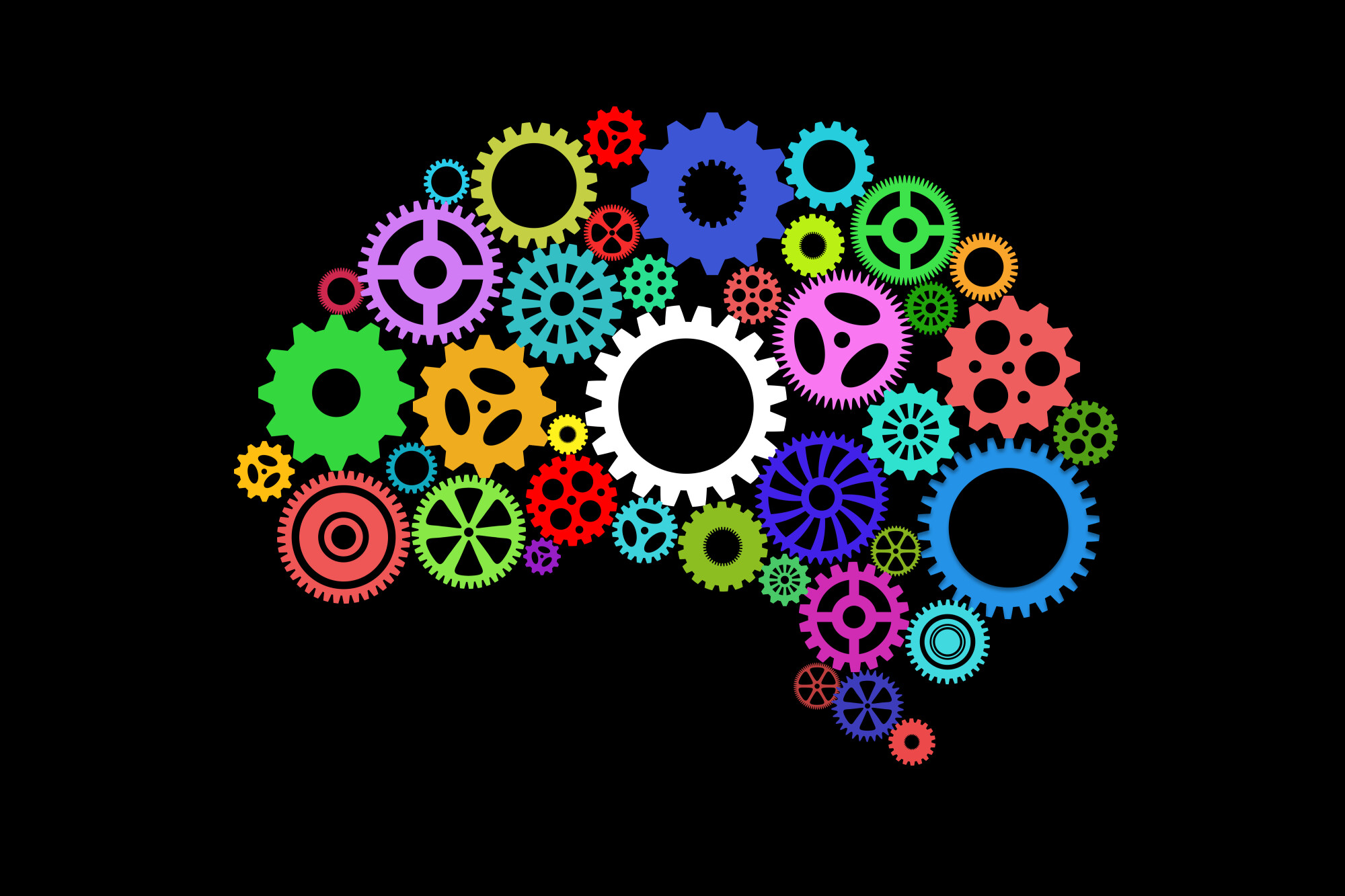Patent Law Alert: USPTO Issues Inventorship Guidelines for AI-Assisted Inventions

The U.S. Patent and Trademark Office (USPTO) has published inventorship guidelines (USPTO Guidelines) for patenting inventions made with the assistance of artificial intelligence (AI). These guidelines are 22 pages long. Several key takeaways follow:
AI-Assisted Inventions are Patentable Only if There is at Least One Human Inventor
The USPTO Guidelines explain that an invention conceived and/or reduced to practice using AI must have at least one human inventor to be patentable in the U.S. That is, a natural person (i.e., a human being) must have made a “significant contribution” to the invention characterized by the claims in the patent application.
The AI system should not be listed as a co-inventor. As we reported in our Patent Law Alert AI Machines Are Not Human Inventors, the USPTO previously refused to recognize the AI system called DABUS as an inventor in two patent applications. In both applications, only DABUS was identified as an inventor; there were no human inventors identified. The Court of Appeals for the Federal Circuit (affirming a decision by the District Court for the Eastern District of Virginia) agreed with the USPTO. It was clear that an inventor must be a natural person. We reported those court decisions in our Patent Law Alert Federal Circuit Affirms that Artificial Intelligence Cannot Be an “Inventor”.
But those decisions did not address the question of whether an invention is patentable when both a natural person and an AI system contribute to the invention.
“Significant Contribution”
The USPTO Guidelines’ explanation that a natural person must have made a “significant contribution” to be an inventor is not new to patent law. This is the standard that is applied when determining when multiple persons are properly identified as co-inventors. This standard has existed for nearly a century, when the now defunct United States Court of Customs and Patent Appeals (CCPA) held in 1929 that “each named inventor must have significantly contributed to the ‘definite and permanent idea of the complete and operative invention as it is thereafter applied in practice.’” In determining what constitutes “significant,” the Federal Circuit held that an inventor’s contribution cannot be insignificant in quantity “when … measured against the dimensions of the full invention.” As an example, the inventor’s contribution must “do more than merely explain well-known concepts and/or the current state of the art.”
The CCPA also recognized that there must be a contemporaneous “recognition and appreciation of the invention for there to be a conception” of it by the inventor. However, not every inventor must have this recognition; it is sufficient for only one of several co-inventors to recognize and appreciate the invention at the time it was conceived.
Assessing Inventorship - Practical Suggestions
The USPTO Guidelines recognize that determining inventorship of AI-assisted inventions may be difficult. They offer the following techniques/inquiries to help evaluate whether one or more natural persons are proper inventors in an AI-assisted invention.
- The determination of inventorship must be made on a claim-by-claim basis. An inventor must have significantly contributed to an invention as set forth in at least one claim in the patent application. It is a common misconception that an inventor must have made a significant contribution to all or nearly all aspects (or all versions) of an invention. The threshold is far lower; a natural person is an inventor (whether or not AI contributed to the invention) if that person significantly contributed to the “claimed invention” as set forth in at least one patent claim.
- Merely recognizing a problem or having a general goal or research plan to pursue is not sufficient for “conception” of an invention. A natural person who only presents a problem to the AI system, or has ownership and control over AI operations, is not an inventor.
- On the other hand, a natural person has made a significant contribution and thus is an inventor if (as non-limiting examples) that person : (a) constructed the prompts to the AI system in view of a specific problem to elicit a particular solution from the AI system; (b) trained the AI system to elicit the particular solution; (c) provided an essential building block to the AI system; or (d) modified multiple steps in a multi-step AI-assisted search to help elicit the solution.
- Recognizing an invention in the output provided by the AI system does not in itself rise to the level of inventorship for U.S. patenting purposes.
For more information, please contact Mark Montague, Daniel Basov, or your CLL attorney.

Partner
Email | 212.790.9252
Mark is head of the firm’s patent group. Mark is a patent attorney registered to practice before the U.S. Patent and Trademark Office, and has over 30 years of experience counseling large, medium, and small-sized companies in a variety of technical fields.

Senior Attorney
Email | 212.790.9278
Daniel is a patent attorney registered to practice before the United States Patent and Trademark Office, with significant experience in representing technology clients in all aspects of intellectual property-related matters, including litigation, appeals and inter party reexamination proceedings (IPRs), and prosecuting patent applications in a variety of technologies, including computer software, blockchains and digital currency, analytics and big data systems, artificial intelligence, wireless communications and computer hardware, electronics, medical, surgical and optical devices, business methods, mechanical and electro-mechanical devices and other technologies.